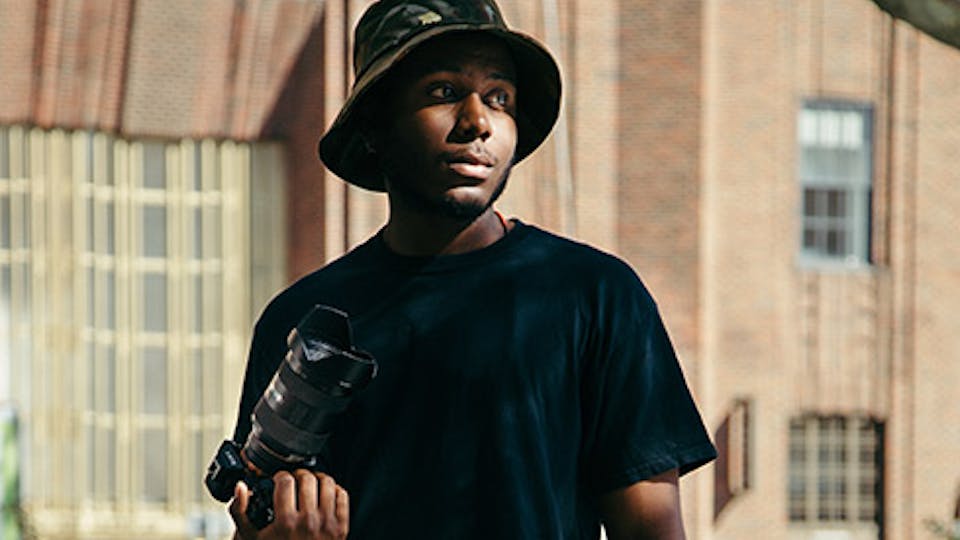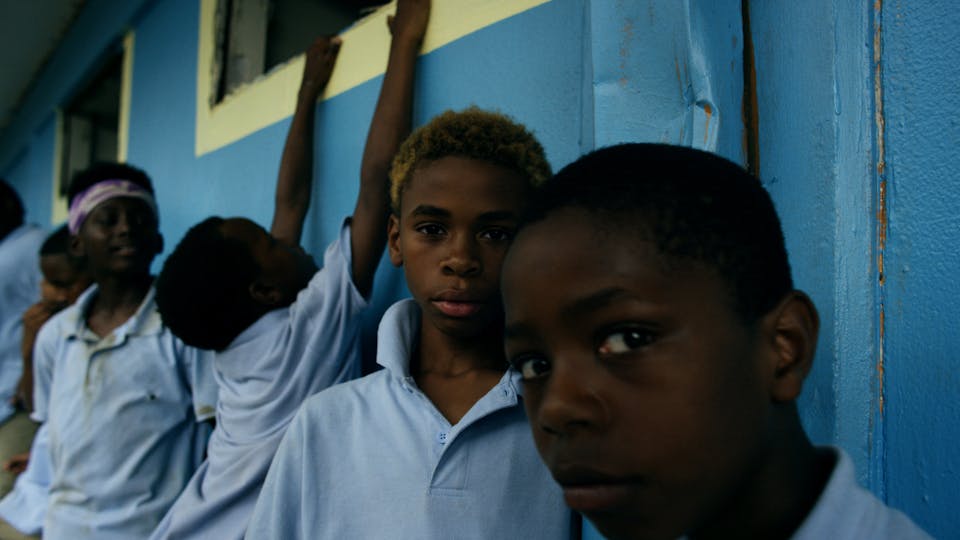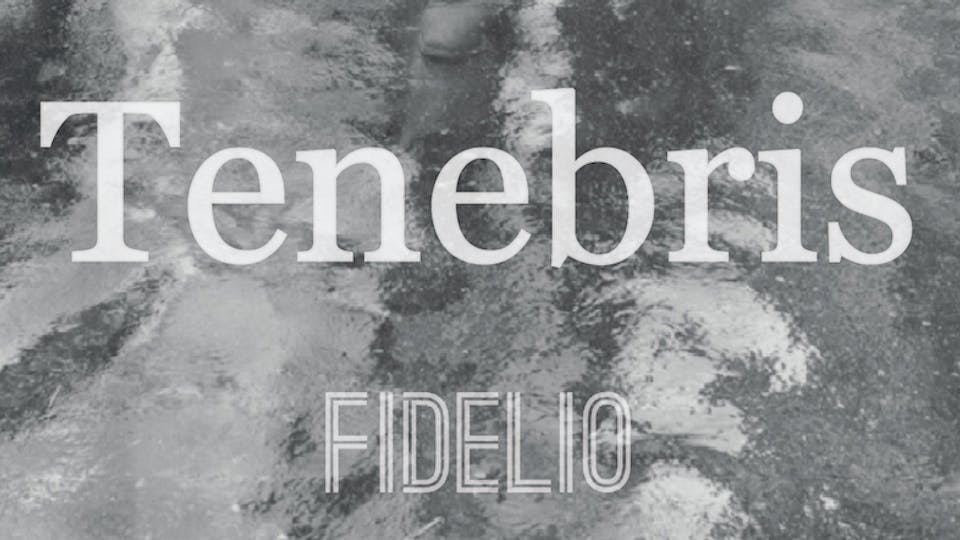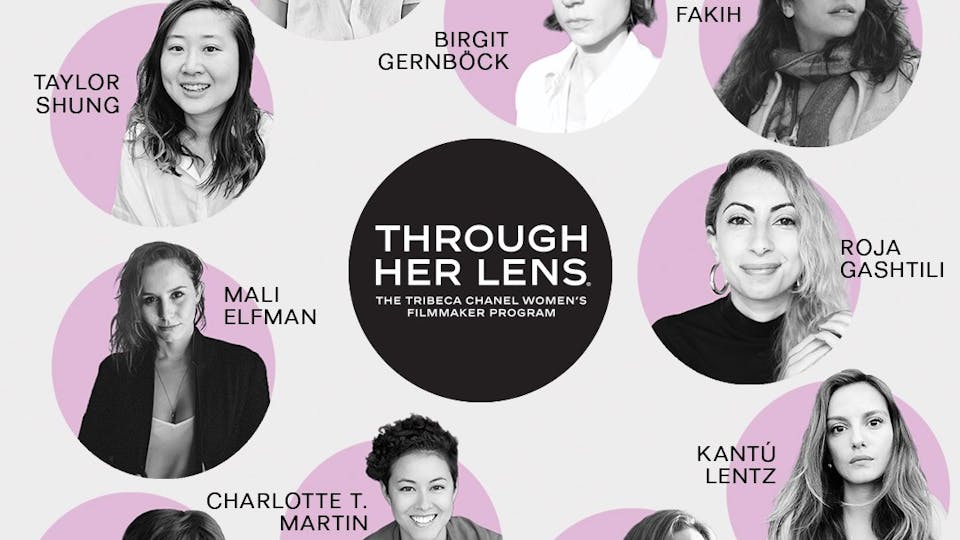TFI Alum News: A Conversation with Sen Floyd

We recently caught up with Tribeca Film Fellows® alum Sen Floyd, a Brooklyn-born photographer and cinematographer currently in the middle of a brand-new photography project called Senematic. Read on to find out more about how he’s exploring his love of music and photography with Senematic, how Tribeca Film Fellows helped influence his career trajectory, and what advice he has for aspiring filmmakers.
What exciting projects are you working on right now?
Currently I’m working on my own project, a portrait series called Senematic in which I’m photographing the entire genre of hip-hop. I’m a fanatic of music. I’m a collector; I’m a music junkie. I’ve been collecting vinyl for about four, five, six years now. I’m a big fan of the imagery that hip-hop and the music genre come with.
Senematic was born around a year ago. There was no funding; I just decided to do it. I reached out to a few local artists who happily hopped on the project. I started in my friend’s apartment and he allowed me to rent his apartment out and turn it into a studio with whatever equipment I had then. Now it’s about a year later and the project has grown. About 30 known artists are on there right now. I have Smif n Wessun, Black Moon, I have a lot of known artists from Japan, I have SkyZoo, I just got Nas on there. So it’s really starting to pick up and I’m excited for it.
What was your inspiration behind doing it?
Music has always inspired me in general. I’ve always wanted to just have a calling or leave my mark somewhere and thought it would be strong if I started with music. You know, because music is one of the factors that drove me into filmmaking and photography.
The only way to really honestly explain it is to tell a mini story of how I got into it. I was in 10th grade and I wasn’t really sure what I wanted to do, but I was heavily inspired by graffiti, and again, hip-hop. I had my own little crew in high school and we would go around ‘bombing’ around the school, or tagging.
Basically there would be times during the day where we had to transfer classes and we would just skip out and go bombing in different places. I ended up getting caught, well not caught someone ratted me out. Then in order to stay in my school, I went to a private school, I had to join an art class and the closest thing that I could ever imagine myself doing was photography. So I didn’t directly start off in film, I didn’t directly start off in photography. I just so happened to land there in order to please my parents because they were upset with me.
I first started off at ‘Expanding The Walls’ (ETW) a program at the Studio Museum. Then from the Studio Museum I gradually made my way into film. That’s the story in a nutshell and from there it just kept on rolling.
How did being a part of Tribeca Film Institute (TFI) and Film Fellows inform your creative trajectory?
TFI, honestly, was the game changer because it put me in a world where I wasn’t the only student really striving to do excellent within film. It put me in a room with different, various students with various talents and honestly TFI forced me to think outside the box, forced me to really learn my craft, forced me to do a lot of things. TFI opened the door for me to get Sam Cullman, a documentary filmmaker, as my mentor. [Ed. Note: Sam Cullman was the cinematographer on TFI-supported If A Tree Falls]. From there I really began to think about which direction I wanted to go and to really mold my future.
How does your photography work feed your filmmaking work and vice versa?
I don’t see any difference between photography and film. I think they’re one and the same thing. The only difference between them is one is in motion and one is still. They both have the same type of process, the same thinking process. I feel that I have a little bit more creative control with photography and that’s just me personally.
They inspire each other. One of my favorite films is Baraka by Ron Fricke and Samsara is another one, Cronos (by Guillermo del Toro), those are my favorite films and actually I wrote on those films to get into Tribeca Film Fellows. Baraka, when I’m watching something like that it inspires my work to come up with different ideas for different still shots I want to take. Same thing for my filmmaking, one of my favorite photographers is Steve McCullen. He’s a National Geographic photographer and he has some of the most iconic photographs in the world and a lot of his work inspires some of the things I want to shoot visually for film. So I guess they play off of each other. I guess they’d be like brother and sister. They both have their different traits, but you know they’re part of the same bloodline.
What advice would you give to an aspiring filmmaker?
Try everything. My advice is to try everything. Learn as much as you can. If you want to be a director, or a producer, or a cinematographer, a boom holder, honestly try every position. I didn’t learn that until after I left Film Fellows and started doing a lot of freelance work. Trying every aspect of film, or trying everything in general, really helps you get a sense of identity. You really get to see where you fit and really get to learn your craft that way. So try everything, study hard, and just try everything, don’t ever rule anything out because the possibilities are endless for what you can do.
*****
Sen’s project Senematic will tentatively launch August 2017, so stay tuned to his Instagram page, with more than 5,000 followers, for updates. You can also see more of his work on his website. www.senmfloyd.com
We're a nonprofit organization and we need your help to keep doing the work we do. To help support programs such as Tribeca Film Fellows give a tax deductible donation.






